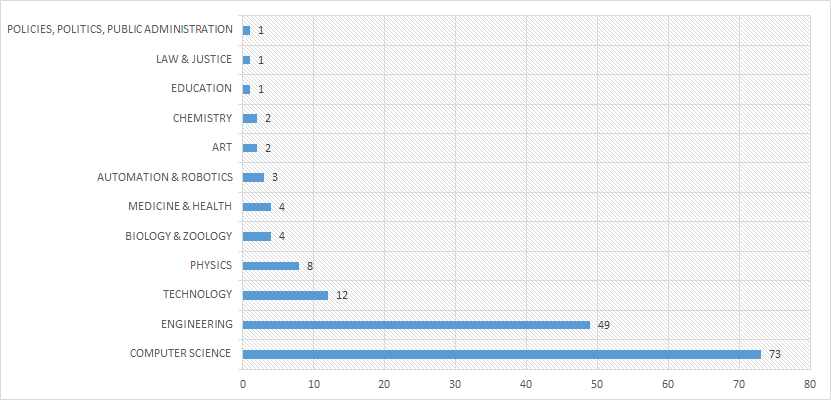Open data - Download the Knowledge base
You are free to download the data of this Knowledge base.
To do this you must be an authenticated user: log in or sign in now.
All the data are licensed as Creative Common CC-BY 4.0.
Security by design is an approach in software engineering that promotes to design software from the ground up to be secure.
Core pillars of information security are confidentiality (only allow access to data for which the user is permitted), integrity (ensure data is not tampered or altered by unauthorized users) and availability (ensure systems and data are available to authorized users when they need it). [1]


| Agenda Setting | Policy Design and Analysis | Policy Implementation | Policy Monitoring and Evaluation | |
|---|---|---|---|---|
| Agriculture, Fisheries, Forestry & Foods | ||||
| Economy & Finance | ||||
| Education, Youth, Culture & Sport | ||||
| Employment & Social Security | ||||
| Environment & Energy | ||||
| Health | ||||
| Foreign Affairs and Defence | ||||
| Justice, Legal System & Public Safety | ||||
| Public Affairs | ||||
| Innovation, Science & Technology | ||||
| Urban Planning & Transport | ||||
| Institutional Questions / Internal Affairs |
You are free to download the data of this Knowledge base.
To do this you must be an authenticated user: log in or sign in now.
All the data are licensed as Creative Common CC-BY 4.0.
Security by Design
You are very precise considering security by design a trend related to the public sector. Since public authorities are currently paving the way towards the cloud, towards digitization etc., and given that they cope with private and/or sensitive data, security is of the utmost importance!